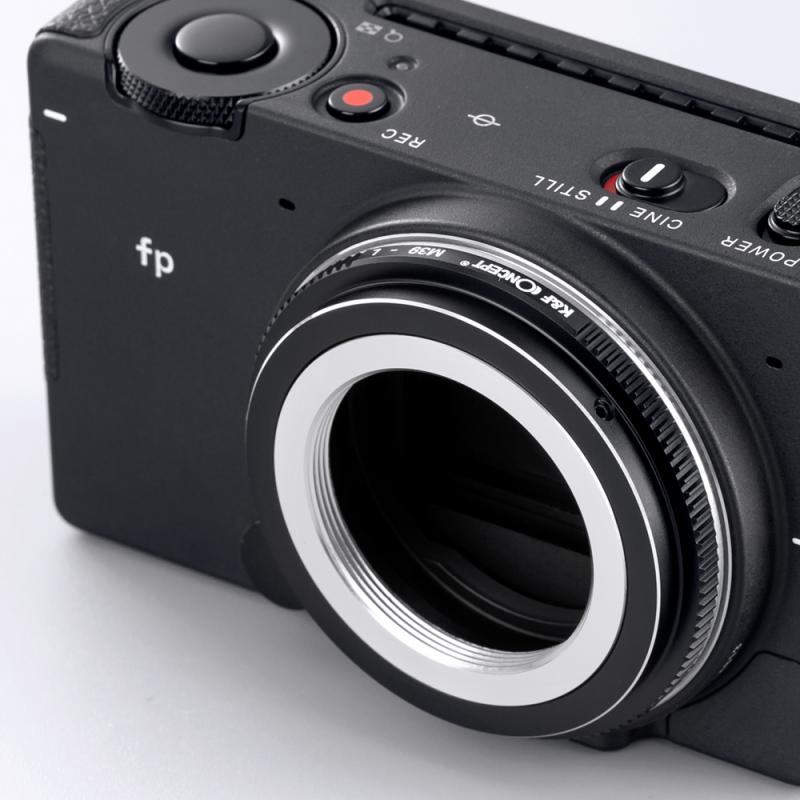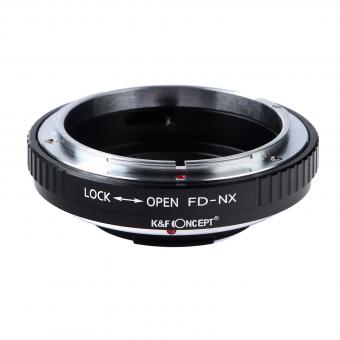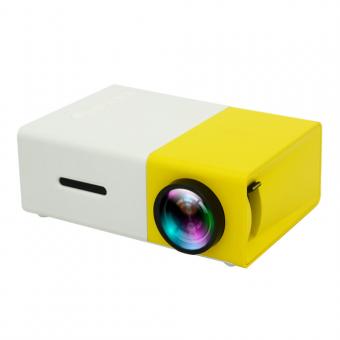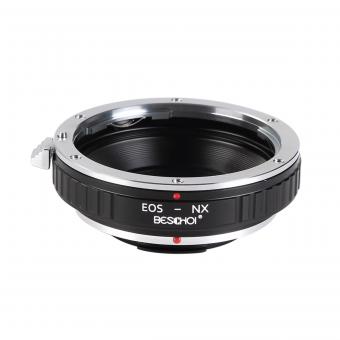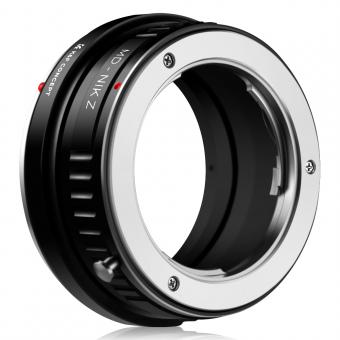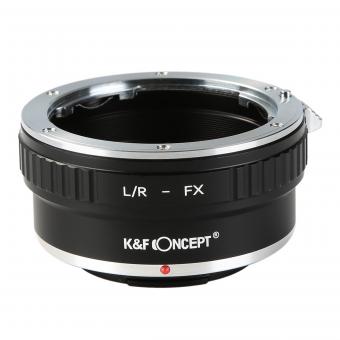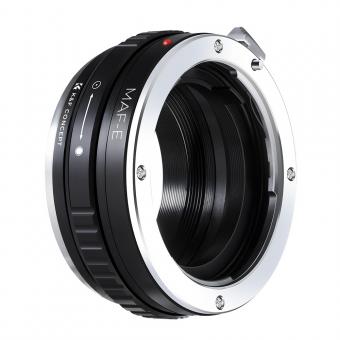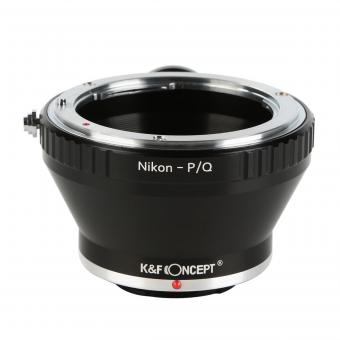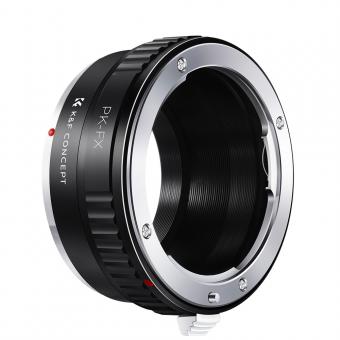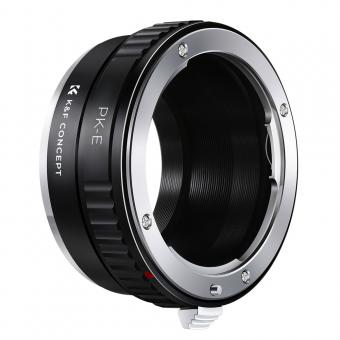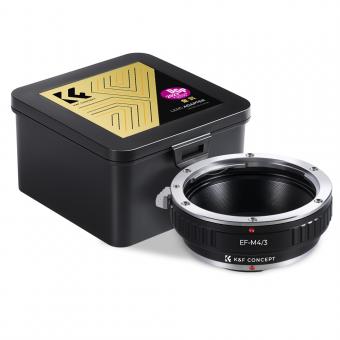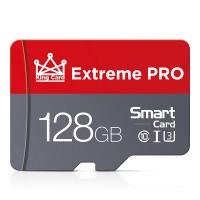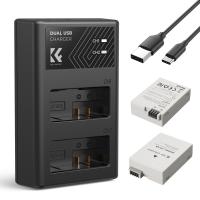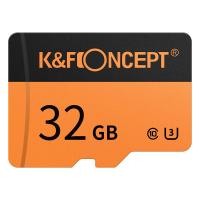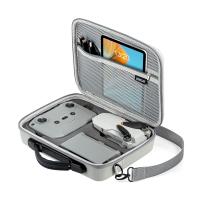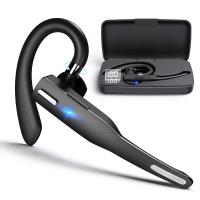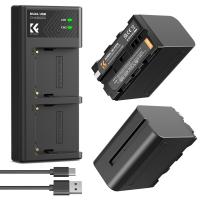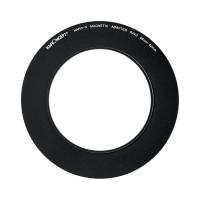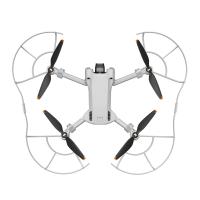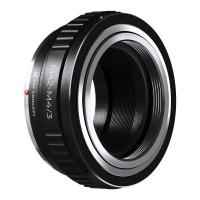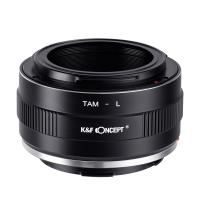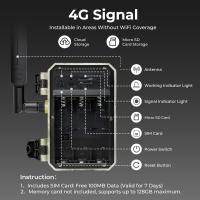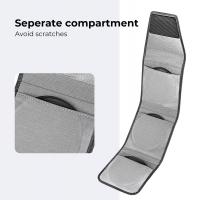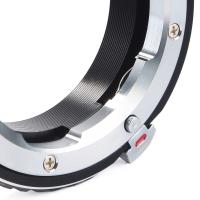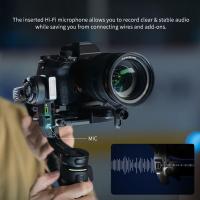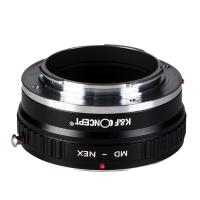How To Wall Mount Samsung Uae48j5500 Tv ?
To wall mount the Samsung UAE48J5500 TV, you will need a compatible wall mount bracket that supports the weight and size of the TV. Start by locating the mounting holes on the back of the TV and aligning them with the corresponding holes on the wall mount bracket. Secure the bracket to the wall using appropriate screws and anchors. Then, carefully lift the TV and hang it onto the bracket, ensuring it is securely attached. Finally, double-check the stability of the TV on the wall mount and make any necessary adjustments. It is recommended to refer to the TV's user manual or contact Samsung customer support for specific instructions and guidance.
1、 Selecting the appropriate wall mount for Samsung UAE48J5500 TV
Selecting the appropriate wall mount for your Samsung UAE48J5500 TV is crucial to ensure a secure and stable installation. With the latest advancements in technology, there are various options available in the market that cater to different needs and preferences.
When choosing a wall mount, consider the weight and size of your TV. The Samsung UAE48J5500 has a screen size of 48 inches, so you need to find a wall mount that is compatible with this size. Additionally, check the weight capacity of the wall mount to ensure it can support the weight of your TV.
Another important factor to consider is the type of wall mount. There are three main types: fixed, tilt, and full-motion. A fixed wall mount is the most basic option, providing a flush and stationary installation. A tilt wall mount allows you to adjust the angle of the TV vertically, while a full-motion wall mount offers the most flexibility, allowing you to tilt, swivel, and extend the TV in various directions.
To install the wall mount, follow the manufacturer's instructions carefully. Ensure that you have the necessary tools and hardware for the installation. It is recommended to have someone assist you during the process, as TVs can be heavy and require careful handling.
Before drilling any holes, use a stud finder to locate the studs in the wall. Mounting the TV on a stud provides the most secure installation. If you cannot find a stud in the desired location, use wall anchors to ensure stability.
Once the wall mount is securely installed, carefully attach the TV to the mount according to the manufacturer's instructions. Double-check that all connections are secure before releasing the TV.
In conclusion, selecting the appropriate wall mount for your Samsung UAE48J5500 TV is essential for a safe and secure installation. Consider the size and weight of your TV, as well as the type of wall mount that suits your needs. Follow the manufacturer's instructions carefully and ensure that the wall mount is securely attached to the wall.
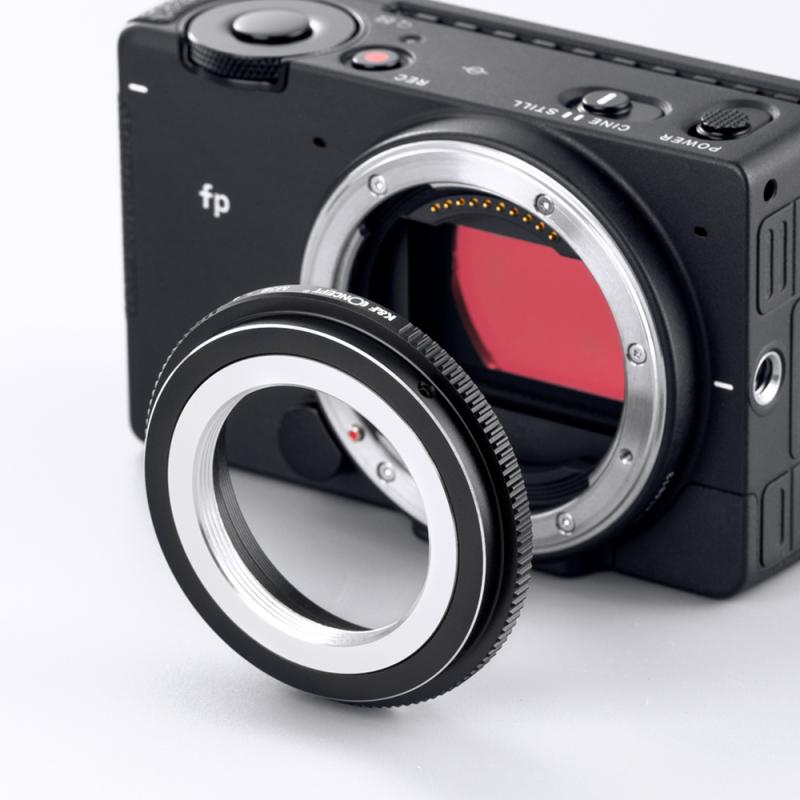
2、 Preparing the necessary tools and equipment for wall mounting
To wall mount a Samsung UAE48J5500 TV, you will need to follow a few steps. Before starting, make sure you have the necessary tools and equipment. Here is a guide on how to wall mount your TV:
1. Preparing the necessary tools and equipment: You will need a stud finder, a drill, a screwdriver, a level, a measuring tape, and the wall mount kit that is compatible with your TV model. It is important to use a wall mount kit that is specifically designed for your TV to ensure proper installation and safety.
2. Choose the right location: Decide where you want to mount your TV. Make sure the wall can support the weight of the TV and that there are no obstructions such as electrical outlets or pipes. Use a stud finder to locate the studs in the wall, as these will provide the necessary support for the TV.
3. Mark the mounting holes: Once you have determined the location, hold the wall mount against the wall and use a level to ensure it is straight. Mark the mounting holes on the wall with a pencil.
4. Drill pilot holes: Use a drill to create pilot holes at the marked locations. Make sure the holes are deep enough to securely hold the wall mount.
5. Attach the wall mount: Align the wall mount with the pilot holes and use a screwdriver to attach it to the wall. Double-check that it is securely fastened.
6. Attach the brackets to the TV: Depending on the wall mount kit, you may need to attach brackets to the back of the TV. Follow the instructions provided with the kit to properly attach the brackets.
7. Mount the TV: With the help of another person, carefully lift the TV and hang it onto the wall mount. Make sure it is securely attached and level.
8. Test the installation: Once the TV is mounted, check that it is level and secure. Test the TV by turning it on and adjusting the viewing angle if necessary.
It is important to note that the specific steps may vary depending on the wall mount kit and TV model. Always refer to the manufacturer's instructions for the most accurate and up-to-date information.
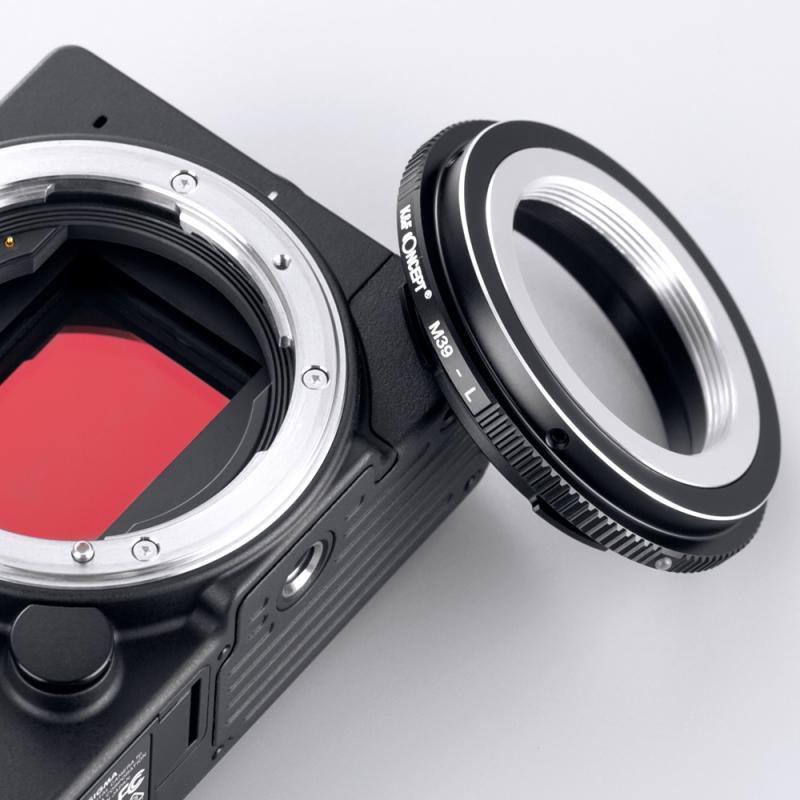
3、 Locating the ideal wall position for mounting the TV
To wall mount the Samsung UAE48J5500 TV, you will need to follow a few steps. However, before you begin, it is important to locate the ideal wall position for mounting the TV.
Firstly, consider the viewing angle and height. The TV should be mounted at eye level when seated in the primary viewing position. This ensures a comfortable viewing experience without straining the neck or eyes. Additionally, the TV should be positioned in a way that minimizes glare from windows or other light sources.
Next, check the wall for studs or other structural supports. Mounting the TV on a stud provides a secure and stable installation. You can use a stud finder to locate the studs behind the wall. If the studs are not in an ideal position, you may need to use a wall mount that allows for adjustable positioning.
Once you have determined the ideal wall position, you can proceed with the installation. Start by attaching the wall mount bracket to the wall using the appropriate screws and anchors. Make sure the bracket is securely attached to the wall.
Next, attach the mounting plate to the back of the TV. Most Samsung TVs come with a VESA mounting pattern, which is a standard for wall mounting. Align the mounting plate with the VESA pattern on the TV and secure it using the provided screws.
Finally, carefully lift the TV and hang it onto the wall mount bracket. Ensure that the TV is securely attached to the bracket and double-check for any wobbling or instability.
It is always recommended to refer to the user manual or seek professional assistance if you are unsure about the installation process. Additionally, consider consulting the latest guidelines and recommendations from Samsung for the specific model of your TV.
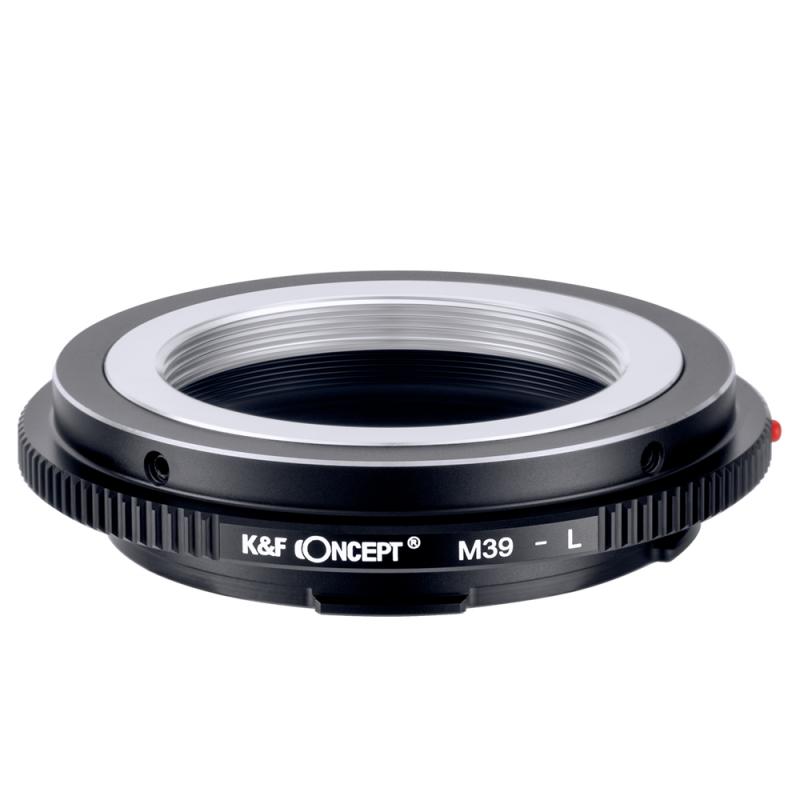
4、 Mounting the wall bracket securely onto the wall
To wall mount the Samsung UAE48J5500 TV, you will need to follow a few steps. The first step is to choose a suitable location on the wall where you want to mount the TV. Make sure the wall is sturdy enough to support the weight of the TV and the wall bracket.
Once you have chosen the location, you will need to mark the positions for the screws on the wall. Use a level to ensure that the marks are straight and aligned.
Next, you will need to drill holes into the wall at the marked positions. Make sure to use the appropriate drill bit size for the screws that came with the wall bracket.
After drilling the holes, you can now mount the wall bracket securely onto the wall. Align the bracket with the drilled holes and insert the screws through the bracket and into the wall. Use a screwdriver or a drill to tighten the screws, making sure that the bracket is firmly attached to the wall.
Once the wall bracket is securely mounted, you can now attach the TV to the bracket. Carefully lift the TV and align the mounting holes on the back of the TV with the brackets on the wall. Insert the screws through the mounting holes and tighten them to secure the TV to the bracket.
Finally, double-check that the TV is securely mounted and level on the wall. Adjust the angle of the TV if necessary.
It is important to note that the specific instructions for wall mounting the Samsung UAE48J5500 TV may vary slightly depending on the model and the wall bracket you are using. Therefore, it is always recommended to refer to the user manual or the manufacturer's instructions for detailed and model-specific guidance.
